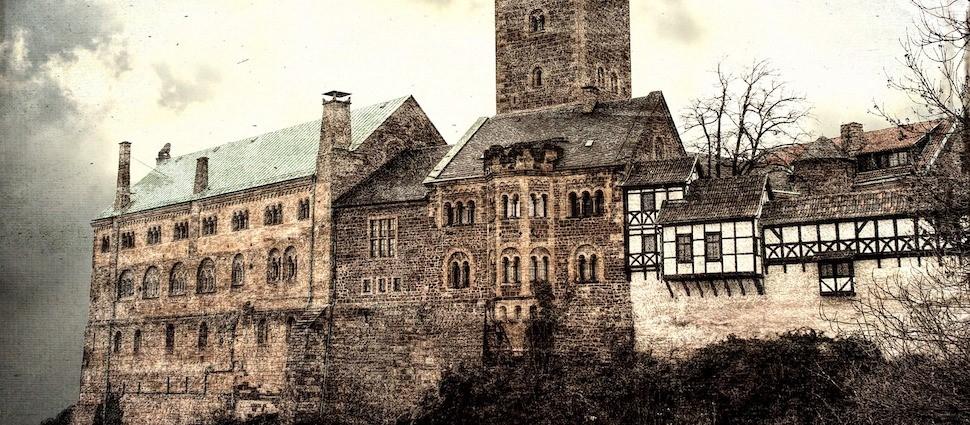The Vigils We Keep

I always see the fresh flowers, hanging by the roadside in the fleeting dark of the morning—mostly red and white roses. They raise and lower their heads with each passing car as if to keep the time for us. The picture, too, they have replaced—a boy no more than sixteen, wearing a yellow and green-striped rugby shirt.
I’m not sure who maintains the site—mother, father, sister—but it’s always well kept. The verge is trimmed around the flowers and the picture, setting out a little spot of earth for repeated memory: the sort that strangers in cars can appreciate. Faded flowers are replaced with fresh ones; sometimes a new sign is added, or a wreath. It’s never left untouched for long.
I think that during the night it is a colder scene—the traffic turning up the soot and gravel, kicking up dust on the flowers heads or throwing muddied water on the picture frame, drivers not even realizing who it is they drive past. And the flowers, I think, are not the only ones keeping vigil. The boy’s family, in a quieter place, remembers him—remembers not just the days of his life, but the long and heavy silence that followed his death. It’s that silence, I imagine, that calls them back to the memorial with shears and a half-dozen roses.
It’s easy to pawn off roadside memorials as blind efforts to keep the dead alive. But vigils come in all shapes and sizes. They are times we set aside for remembrance, watches during the dark night of the soul, meant to guard us from forgetfulness. We may sneer at memorials because we think that it’s only a matter of time before those who construct them move on to “acceptance,” but temporality of memorials is nothing to sneer at.
God himself, you know, marked the world with a memorial that we can no longer see. He did not use flowers or a picture frame, though. He used a great stone set beside the entrance of a rock-hewn tomb. How many early Christians walked by that memorial and remembered? Even more precious is the view of the memorial that the Father and Spirit had—gazing from the hall of eternity at this little patch of earth, a stone beside a doorway, where the incarnate Son had lain silent for three days.
During the nights, too, it would have been a colder scene: the entrance to the tomb barricaded by matter that had been spoken into being through the eternal Word himself;[1] the calf muscles of Roman soldiers facing the stone as they also kept vigil—looking away from the burial site for desperate disciples or rebel-rousers. For three dark nights, the Trinity kept vigil, while the guards kept vigil, while the disciples kept vigil.
And the vigil was not kept in vain, for Christ stepped out of his dark stone room. The Godhead was glorified, soldiers fled in fear, and the disciples’ dim hope was ignited by the promise-keeping Trinity, whose pact of salvation that budded in eternity came to blossom in time. The memorial, it’s true, was not eternal. No one is certain today where Christ was buried. Perhaps the tomb was destroyed or put to use by another. It was a temporary mark of what had happened—a memorial not of death, but of life and hope. And in Scripture, the memorial still stands—not with flowers and a picture frame but with words that cannot be moved. We can read the resurrection story over and over and over, reminding ourselves that life has conquered death.
I suppose that’s why I pay so much attention to roadside memorials on my way to work every morning. Memorials are signs that people are keeping vigil, guarding a memory, refusing to forget the lost. But I carry with me a better memorial to remind me that I have been found. And I’m still keeping vigil, as is every Christian, to see the Word of life break through the sky on a white horse. Until then, we wait and watch with the rest of the world.
[1] Remember that the death of God’s Son was the death of the incarnate Son. Though there is mystery here, we cannot say theologically that the eternal Son was crucified or that the Trinity lost one of its persons for three days. The incarnate Son died on the cross and was buried.





